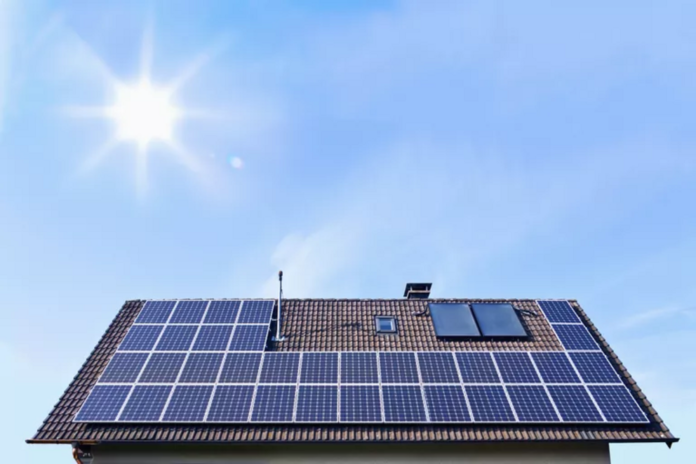Whether it’s to help lower electricity costs or just a general desire to live unplugged from the rest of society, more and more people are choosing to go off-grid. While the concept of “off-grid” seems simple enough, actually putting it into practice can be complicated and costly if you’re not properly prepared.
If you’re entertaining the idea of going off-grid using solar panels, consider aspects like costs, installation, and local laws before taking the plunge.
Grid-Tied vs. Off-Grid Solar
From an electricity perspective, taking your home off-grid means removing any connection to your area’s larger electric grid. This electric grid is usually what’s responsible for powering a majority of homes, buildings, and businesses through the region, so you’ll require a personal on-site energy system in place that can meet all the demands of your household electricity needs.
Off-grid systems are more popular in remote locations, where the added costs of batteries, solar panels, and generators are less than the cost of extending power lines to the main grid. According to the U.S. Department of Energy, the cost of extending existing power lines to connect with the grid in remote areas can range from $15,000 to $50,000 per mile.
It is important to note that installing solar panels doesn’t necessarily mean that you’ve gone off-grid, either. Typical solar energy systems aren’t always designed to generate enough electricity to power an entire home, but rather maintain a connection to the utility company’s main grid as backup. This is referred to as a hybrid system, a less expensive and more flexible option, especially for homeowners that live closer to their area’s power grid.
Which System Should I Choose?
When it comes to off-grid solar power, monocrystalline solar panels tend to be the most commonly used. That’s because they are generally more efficient and have a longer lifespan. However, monocrystalline solar panels are more expensive and create a high amount of waste during production.
Polycrystalline solar panels are another option, which is less expensive than monocrystalline. Polycrystalline may not be a good choice if you are trying to go off-grid on a smaller property, since the panels are larger and take up more space, though they can be more efficient in low light situations than monocrystalline.
The third main option is thin-film solar cells, which are lighter with a smaller carbon footprint, though the materials to make them can be highly toxic and leach into the groundwater supply if they’re not disposed of properly.
Costs
The first step to going off-grid with solar is to determine whether or not it is even financially advantageous for your home. You’ll be able to figure this out by calculating how much energy you use, determining how many solar batteries you will need, researching solar systems that fit your specific needs, and then add up the costs.
To figure out how many solar panels and batteries you need to go completely off-grid, check out the monthly consumption number on your personal electricity bill or multiply the wattage of your appliances by the number of hours you use them each day. The U.S. Department of Energy has a handy calculator to help you estimate the electric load of common household appliances, or you can always purchase a home energy monitor to get an exact number.
You’ll also need a backup generator and solar batteries to store the electricity produced by the solar paneling system for cloudy days, when the power goes out, or at night when the panels aren’t producing any energy. Your daily electricity consumption will help with this, as you can simply compare that to the amount of electricity stored in a specific battery (or “usable energy”). In 2019, the average American household used about 10,649 kilowatt hours (kWh) worth of electrical energy annually, or an average of 877 kWh each month.
Permits
Whether or not you’ll be able to install off-grid solar panels on your property depends on your county and state laws. For example, in California, you must be or employ a licensed C-10 or C-46 contractor (or a qualified person per the latest California Electrical Code) in order to install an off-grid solar system.
Some states will even discourage residents from off-grid living by imposing harsher laws, require that you use particular materials, or not even allow you to live in homes of a certain size with off-grid systems. Most states, though, will have some sort of building regulations for solar panel systems, so be sure to check with your local county’s website or hire a licensed solar panel installer to assist with the process.

